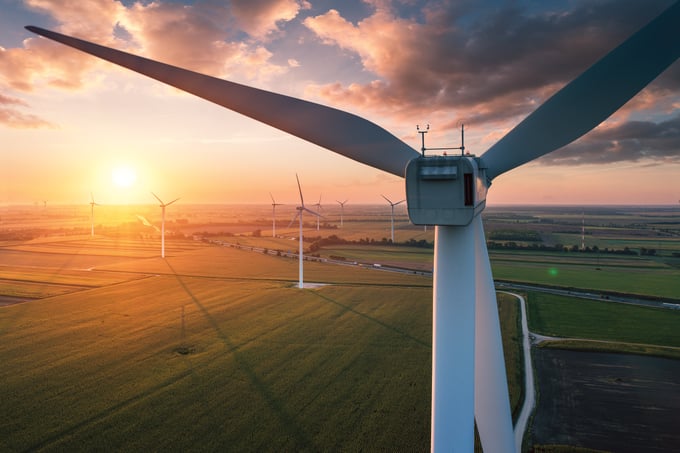The past couple of years have seen drastic changes in the UK energy market. 2020’s lockdowns saw a drop in energy demand that made global oil prices turn negative for the first time in history. Autumn 2021 saw skyrocketing gas prices push many small energy companies out of business. Renewables continue to be an important part of the energy mix - but what will demand look like a year from now?
Since 2019, when the UK government made its legally binding pledge to reach net zero by 2050, over half of the UK’s biggest businesses have set their own net zero targets. Many other businesses of all sizes have embarked on their net zero journey with an emissions reduction target. The growing push for businesses to cut their Scope 2 emissions means that business demand for renewable energy is set to keep rising.
Domestic customers are also increasingly likely to choose renewables. While once green energy tariffs were a niche product, now well over half of energy products are labelled as “green”, and about a third of domestic energy consumers are using one.
Customers who choose green tariffs to power their homes are increasingly savvy about how the energy market really works, thanks to a growing awareness of the problem of greenwashing. In the past year, the BBC, the Guardian and the Mirror have all reported on how retailers can use REGOs to “greenify” their tariffs while actually buying all their power from fossil-fuel sources – and this is becoming increasingly unacceptable. Last year, comparison site Uswitch responded to the consumer need for transparency by launching an accreditation scheme designed to cut through the greenwash. Now tariffs labelled as “100% renewable” are divided into bronze, silver and gold, to reflect how much the energy retailer actually supports the generation of new renewables.
Walking the talk
For business customers, greenwash is an even bigger fear, because it means reputational risk. Most of the big businesses making their net zero commitments public have signed up to some kind of externally validated scheme, such as the Science-Based Targets initiative, to avoid being accused of paying lip service to climate action. This means they too have a strong incentive to be careful about the sourcing of their “renewable” energy.
The UK government has realised that the current energy market does not incentivise customers (business or domestic) to make the greenest possible choices, because they lack the information they need to make those choices. This is why it is exploring a raft of regulatory changes designed to create an energy market that will help deliver our net zero future.
The pace of change is increasing. 20 years ago, electricity from renewable sources made up about 2% of UK-generated power. 10 years ago it was still just 7%. But now it is over 40%, and most of that change has happened in the past few years. The government’s net zero strategy means that it is aiming for a fully decarbonised power sector by 2035, and in the very near future it plans to shake up the energy market to incentivise greener choices and give customers more information. Retailers who don’t keep pace with the changes could be left behind – but there are many opportunities for those who get to grips with the reformed UK energy market. Our new report, Trends and opportunities for energy retailers in a net zero market explores how retailers can get ahead in this increasingly carbon-conscious market. Download your free copy.



